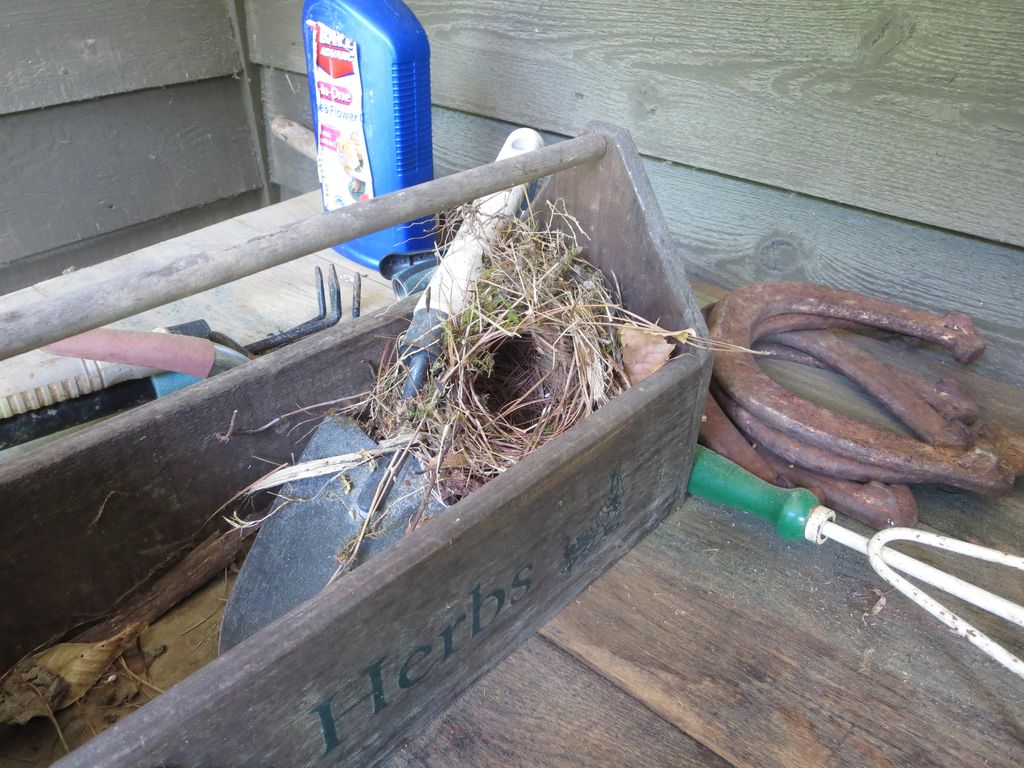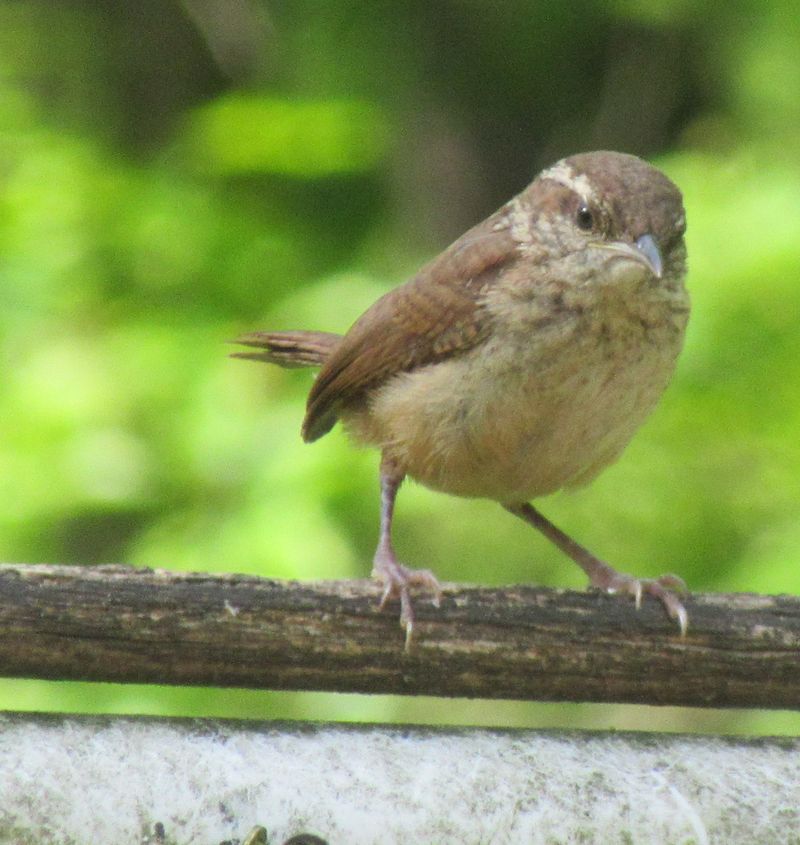
So often when we watch birds in their natural habitats, we see them singing, nesting, hunting, and more. The more you watch birds, you might start to notice behaviors they exhibit which can be quite confusing. Over the years I have gotten so many of the same bird behavior questions that I thought it would make sense to shed a little light on a few of them.
Birds will sometimes start randomly attacking, or repeatedly flying into, windows or car mirrors. This behavior is different than window strikes. Window strikes occur when birds do not see the glass of a window and fly into it unknowingly. Window strikes will often cause birds some kind of injury or knock them unconscious. The attacking of windows, however, is deliberate. Often when a bird is attacking a window, it is seeing its reflection and perceiving it as a rival bird who has come into its territory. This behavior is especially common in Cardinals, Mockingbirds, and American Robins in the spring during mating season. Usually the culprit is a male bird who is attempting to defend his territory from other birds. Putting decals or covers on the outside of the window or mirror can help curb this. This will help block the refection so the bird doesn’t see itself anymore. Fortunately, this behavior usually only lasts a couple of weeks and then it stops.
Besides hitting windows, another source of bird sounds you might hear at your house are birds pecking at places you do not want them to! Pecking at things like metal siding, mailboxes, and satellite dishes is common in the spring. This can cause a lot of noise and sometimes happens very early in the morning. Usually, this behavior of making very loud banging sounds is recognized as “drumming.” Drumming is a way birds, especially woodpeckers, communicate to other birds they have established their territory and are trying to attract a mate. You can also hear woodpeckers making drumming noises on wooden structures, especially hollow trees where sound travels very well. If you have woodpeckers pecking on the side of your wooden paneling, it could be this behavior or they could also be looking for insects inside the wood.

It’s common to hear birds signing in the morning and throughout the day, but sometimes songbirds will sing in the middle of the night! The most common birds to hear singing well into the evening are American Robins and Mockingbirds. These songs are again most often sung in order to establish territories and attract mates. Having the ability to sing not only during the day but well into the night shows potential mates the fitness that particular bird has and can help them to attract a mate. The stillness of the night also helps the sound travel further. Usually this behavior happens with unmated males and tends to be more common on nights with bright moonlight.
Have you ever gone to get the newspaper out of your delivery box and found you have a friend building a nest there? Some birds are known to nest in places we would consider unconventional. One of the best examples of this are wrens. Carolina and House Wrens are cavity nesters who will actively build nests in birdhouses and hollow spots in trees, but on top of this I have heard so many stories of them nesting in very interesting places! Wrens are known to fly into garages to nest in the eaves, will nest in planter boxes, shoes and boots that were left outside, and we have even seen pictures of a wren nesting in pocket of some shorts that were hanging on a clothesline to dry! This behavior of nesting in and close to human structures most likely has something to do with why the Carolina Wren has been expanding its range in the U.S. so well.
I had a confusing experience this spring witnessing a Blue Jay behaving in a way I had never seen before. The bird was sitting on the ground with its feathers splayed out, beak open and not moving. I thought the bird was injured, but as I got closer it flew away with ease. It wasn’t until doing some research I realized it was in the middle of a behavior called “anting.” Anting is when a bird will let ants crawl onto its body and feathers. It is believed that the ants, which produce formic acid, can repel parasites or possibly sooth the skin of the bird when they make contact with its body. Sometimes birds will even do what’s called “active anting” where they will pick up ants and rub them on their feathers. Another behavior that is similar to this is dust bathing. Birds will often hop around in dry dirt or sandy surfaces and fluff it over their feathers, sometimes even rolling in it. This behavior helps remove mites, lice, and excess oil buildup on the feathers which keeps their feathers, and thus the bird, clean and healthy.
Birdwatching is a fun hobby in many ways . . . especially when you never know what kind of bird you will see, and you never know what kind of behavior they will be exhibiting!
Liz Magnanti is co-owner of the Bird House in Brighton, NY.
This article originally appeared in the September/October 2025 issue of Upstate Gardeners’ Journal.
Views: 50






